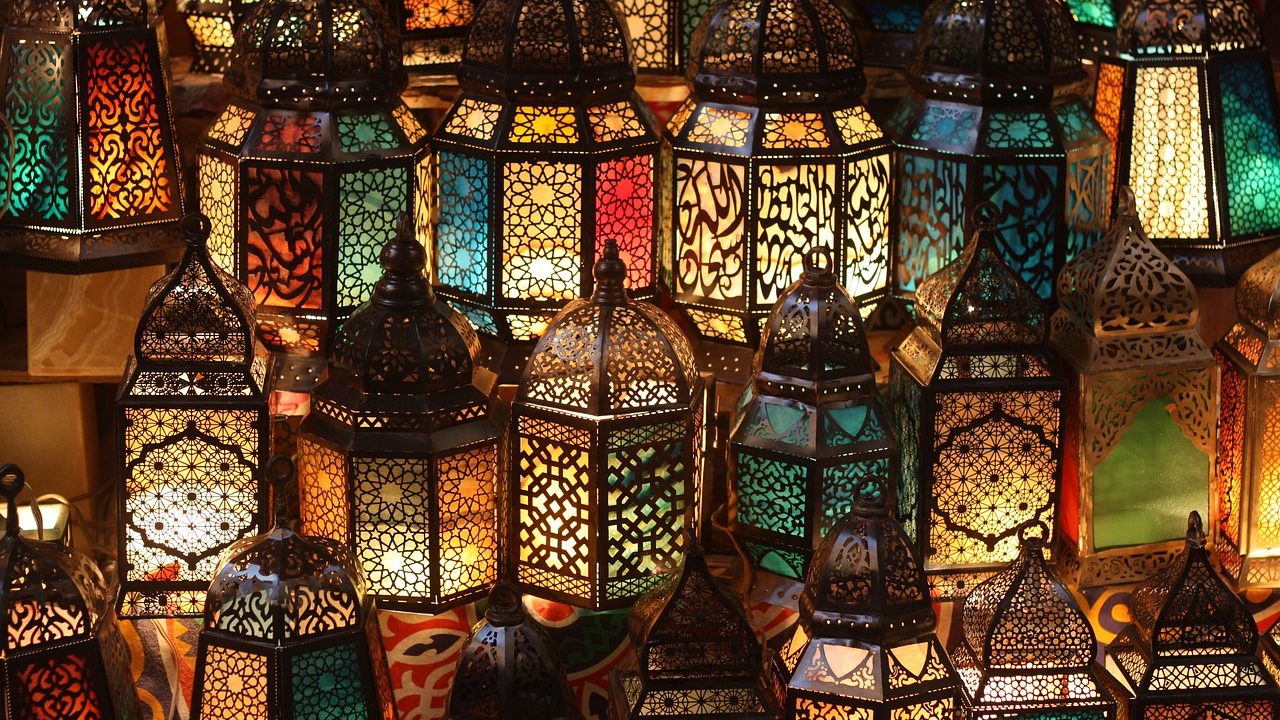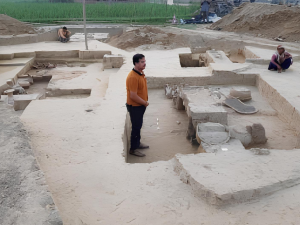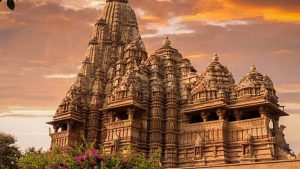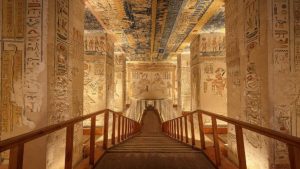One reason for the popularity of ancient Egypt was the famous structures called Pyramids. Pyramids were a representation of monumental tombs for pharaohs (Kings). Pyramids had a specific value in Egyptian religion and were symbolic. Egyptians were one of the first civilizations to have a belief in the afterlife. Pyramids beyond tombs were a reflection of such belief. Thus, the great pyramids were simply great tombs of pharaohs. Egyptian pyramids are connected with certain religious and social beliefs as well as they consist of particular structures and techniques used for building them up with a labor force as well as specialists. The pyramids reflected the honor, pride, and preservation of the pharaoh’s divine status.

Treasures such as riches, clothes, and sometimes servants were buried with the pharaohs for use and enjoyment in the journey after life. In ancient times, royals or nobles believed in taking their wealth along with them in the afterlife. After the demise of the pharaoh, treasures were buried along with them. Proper burial and digging of treasures along with them were considered important concepts of ancient Egypt. Chambers and restrooms were built inside the pyramid for facilities and to maintain the grandeur of the pharaoh’s pride in life after death. The reason behind the development of these monuments called pyramids was the strong belief of ancient Egyptians in the afterlife and the wish for the well-being of their pharaoh. There are also some specific ways of construction and reasons behind the shape of the monument.
The center of worship in ancient Egypt was the Sun god called Ra. The shape of the pyramid is connected with the rays of the sun and the pharaoh’s afterlife. The sides of the pyramid are structured as slopes. Which enabled the monument to resist different seasons and situations. Slopes of the pyramid played an important role in its existence over several years. Pyramids were made to protect the body of the pharaoh. It can be compared to the house we built for our protection during our life on earth, the same way ancient Egyptians made the monument called a pyramid for protection of the tomb of the pharaoh to have a protected afterlife and eternity. Special aspects were taken into consideration to protect the tomb from looters called “Grave robbers”.
Not only the labor force was included in the construction but specialists and well-skilled workers worked in shifts. The river Nile was in use for the transportation of the Tura limestone. As limestone was the main component used in construction. The pyramids were aligned. They used the sun’s shadow for the east-west alignment and the pole star for the north alignment. Thus, it depicts those natural elements such as the sun, pole star, and river were their main instruments in the construction of Pyramids.
“Egyptians used a machine. The pyramid was made like stairs, which are called steps, and others, tiers.”
Herodotus
The best illustration to describe the Egyptian pyramids is the Great Pyramid of Giza. It is the largest Egyptian pyramid having a tomb of pharaoh Khufu. And is one of the seven wonders of the world. Which itself describes the grandeur of Egyptian pyramids in ancient history.
ARTICLE BY – RUTVI MAKWANA | EDITED BY – SAHIL HARVANI



